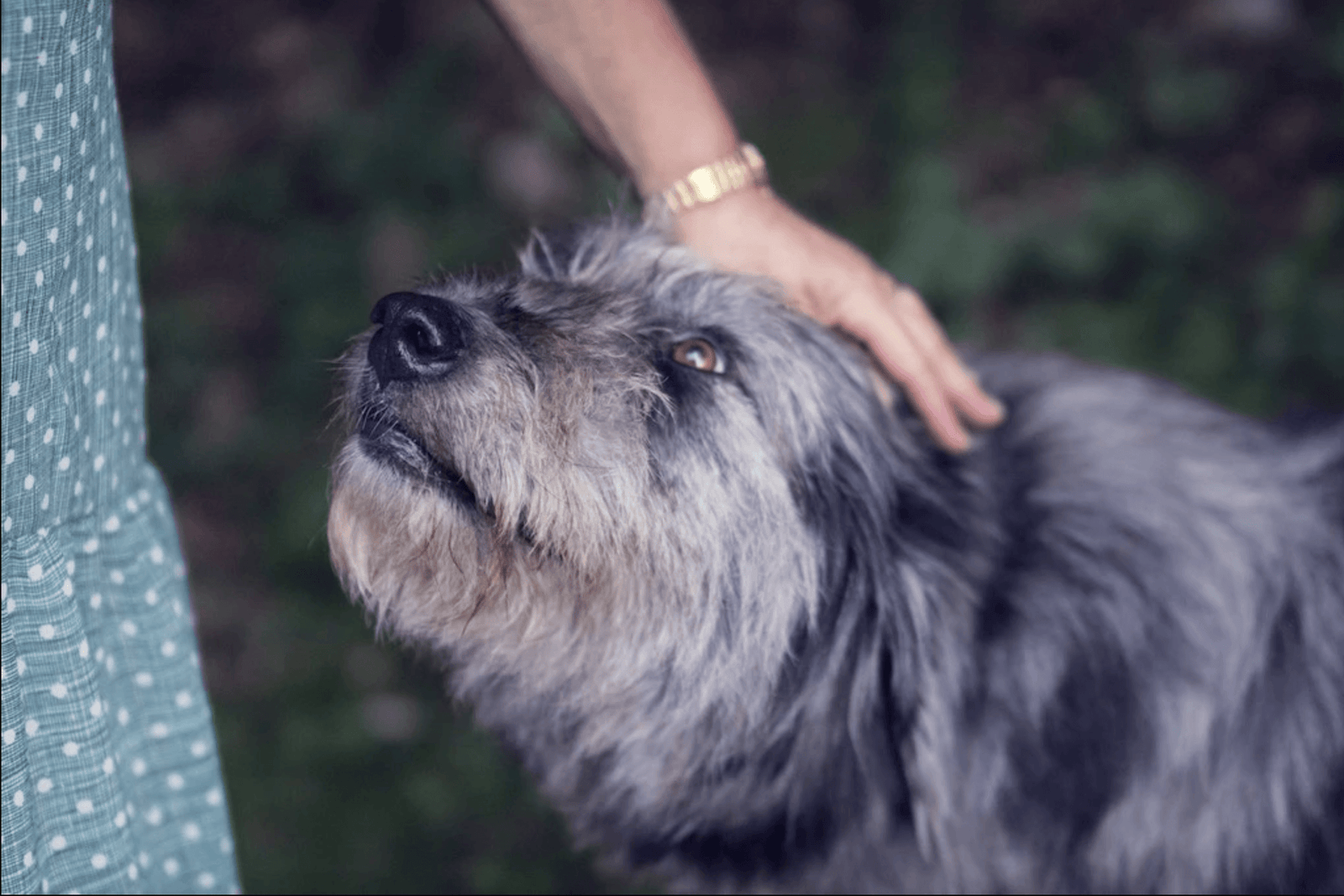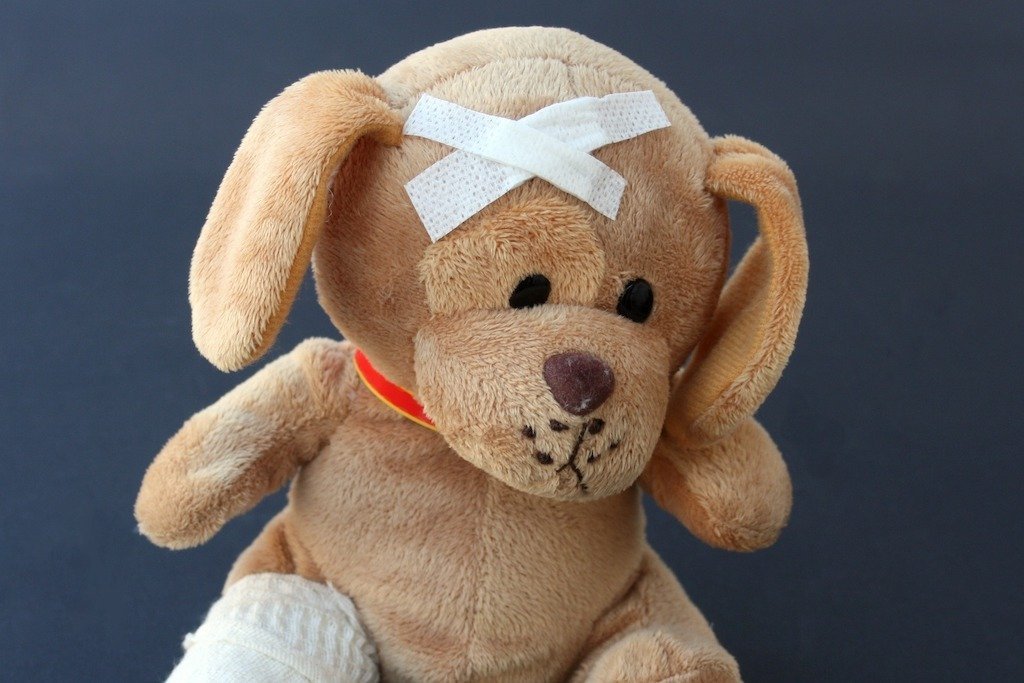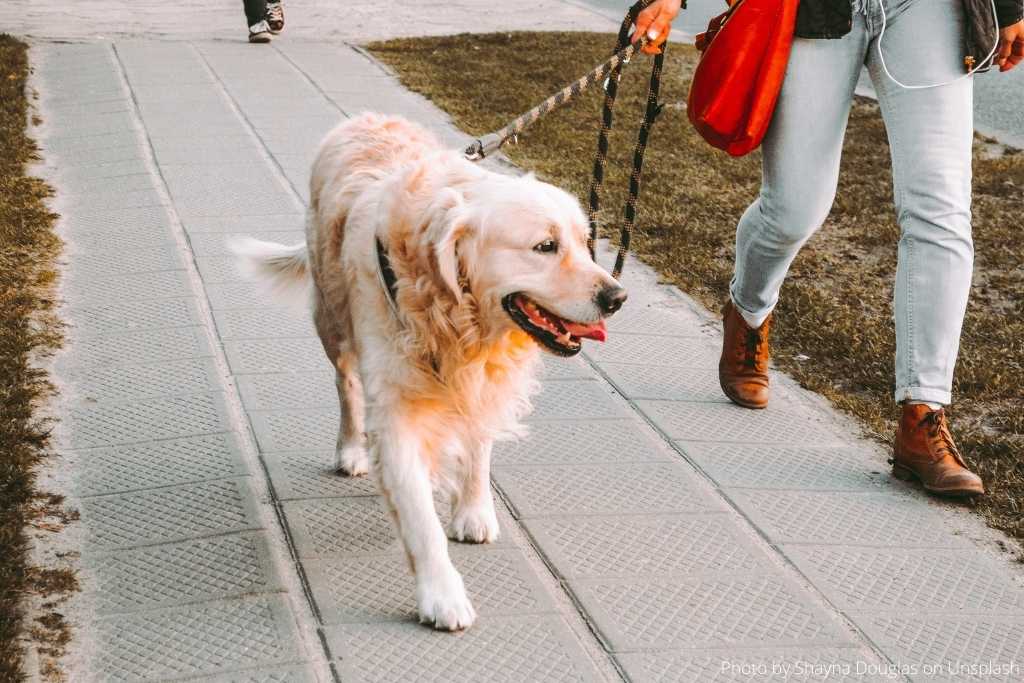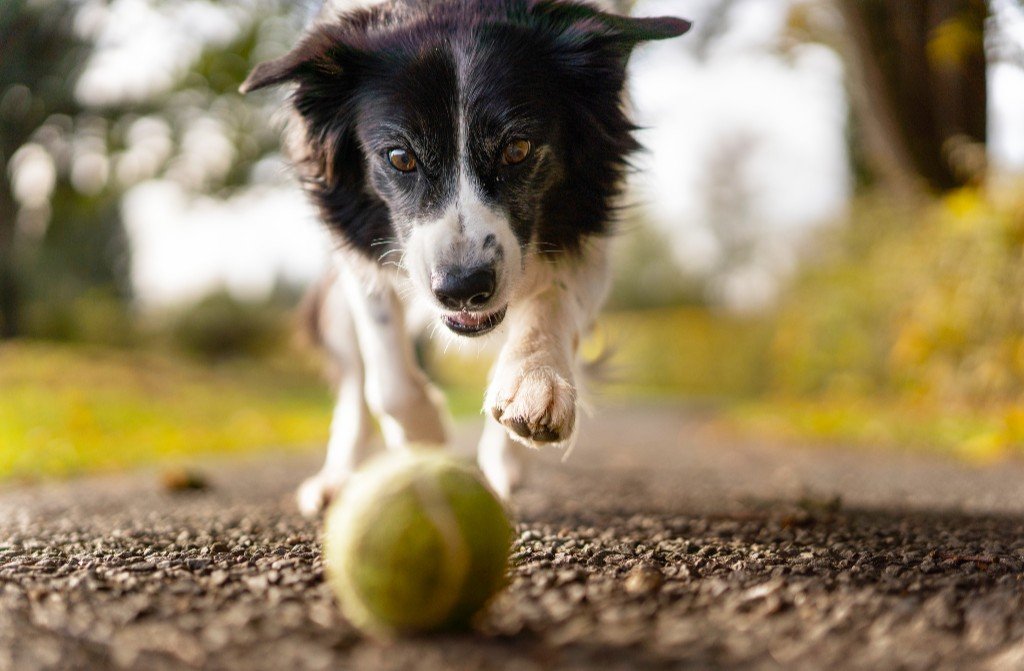MORE TO SHIP FREE 🚚
NICE. SHIPPING IS FREE 🎉
MORE TO REDEEM GIFT 🎁
YAY. REDEEM A FREE GIFT 🥳
YOUR CART IS EMPTY. SHOP NOW.
As fellow dog lovers, it’s difficult not to run up to any pup we see on the streets to shower them with love and cuddles, just like we would with our own dogs. Plus, if our own dog’s with us, it’s almost impossible to resist wanting to help your pup find a new playmate.
In reality though, while many dogs welcome attention, many others have their own set of traumas, personality quirks or are still in the middle of dog behavior training or leash training. Approaching a dog too rashly could cause you, your pup or even the dog you’re meeting for the first time harm!
Here are 5 key dos and don’ts to follow to make sure any pup you meet for the first time feels safe and comfortable!

No one knows a dog better than their owner. When meeting a friend’s dog or a dog going out on a walk with their owner, always make sure to greet their owner first, especially if you’ve brought your own dog and they’re looking to make a new friend.
First off, a friendly interaction between you and a pup’s owner will cue the dog to see you as a friend and not a foe. That might make them feel a little more comfortable and open with you approaching them. And of course, a dog’s owner will be more than able to let you know if it’s alright to interact with their dog. Some dogs are jittery around strangers or other dogs and others could be ill or not in a comfortable headspace to interact.
The dog you meet could also be undergoing dog training or still taking dog socialisation classes and may not yet understand how they should interact with other pups. Make sure their owner gives you the okay before you or your dog touches or approaches their pup. You can also try asking them directly how best to approach their dog!

A good way to tell if a pup isn’t interested in interacting with you, or might react poorly to your approach is to see if the dog even approaches you at the start. A dog may, after all, react instinctively with aggression if you walk directly towards them too quickly. Instead, let the dog approach you first. That way they have much more control over the situation and will likely feel safer around you.
If you have your own pup with you, make sure to have a tight grip on their leash, especially if they haven’t had much experience with dog socialisation. This way, you’re able to react quickly in case either of them get aggressive. In general though, as long as both dogs seem calm and relaxed, you can approach the other dog’s owner.

Dogs have a physiology that’s way different from any humans, so they express their emotions in a different way as well. For instance, while smiling is a friendly gesture for us humans, in the dog world, baring your teeth is a clear sign of aggression.
Other body posture points you should take note of:
In general, a friendly dog is a relaxed dog. Their tails might be wagging, their mouth will be slightly opened, with a kind of relaxed expression. As a whole, they should look visibly comfortable - so if your own dog is interacting with a stranger’s dog, look out for any signs of anxiety or fear in either dog that may signal it’s time to move on or away.

Many dog’s welcome pets and cuddles, but not always with strangers. When interacting with a new dog, always avoid their head or back leg area as they tend to be more sensitive to other’s touching them in those areas.
It’s difficult to resist petting a pup on the head, but not only are dogs more sensitive there due to the proximity to their eyes and nose, it’s also dangerously close to their sharp teeth. Instead, pet them lightly on their chest, neck or shoulder areas. Watch out though! If they start raising their hackles or make any signs that they’re no longer comfortable, it’s time to move away and stop interacting with them. If a dog’s done interacting with you, make sure to respect their boundaries.

After the dog starts feeling more comfortable around you, you can try approaching it slowly with the pointers above. Then, when you’re close enough to the pup, bring your closed fist toward a dog’s nose, palm down. This way, the dog gets a chance to get used to your scent and determine if you’re a friend. Closing your hands into a ball helps reduce the size of your hand, and therefore the size of the threat!
How do dogs greet each other? They often identify each other by smell, and the first thing they go for is under the other pup’s tail. They may also touch noses and sniff around each others head. So don’t fret if your dog goes straight to sniffing - as long as both dogs are in their comfort zone.
Of course, a handy tool likeRuffwear’s Roamer Hands-Free Leash is great for cases like these, as it’ll leave your hands free in case you need to swoop in to break up any negative or aggressive dog-to-dog interaction.

Dogs are some of the friendliest animals on the planet, and when you’ve got one of your own, it’s hard to imagine them being anything but. However, different dogs are built differently and it’s important to respect the boundaries of other dogs, in order to help them feel safe and comfortable. In the end, it’s always best to consult a dog’s caretaker for help on interacting with a pup.
If you have a pup of your own, make sure to do some basic dog training with BARE’s range of delicious high-value dog treats, especially in terms of dog socialisation. This way your dog will feel comfortable even when meeting a strange, new dog for the first time!
 TAMMI CHNG
TAMMI CHNG
What should you do if your dog gets injured? What can you do if your dog is bleeding...
Walking your pup regularly is just as vital as your need to take a shower every day. Dog...



